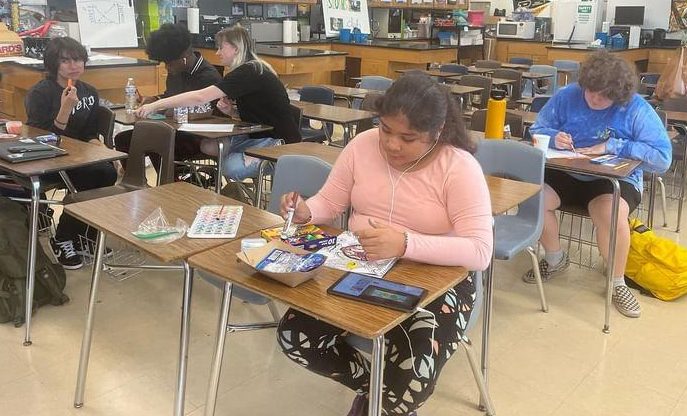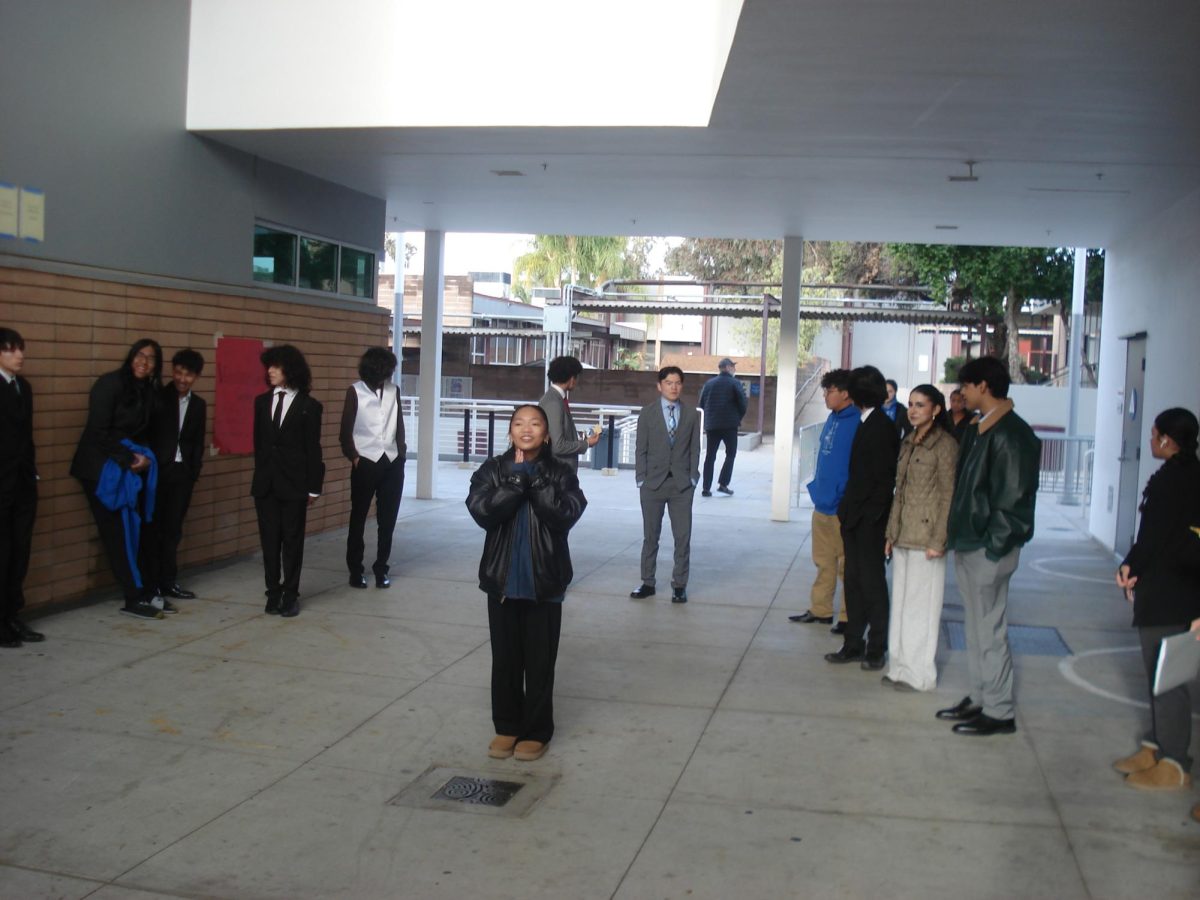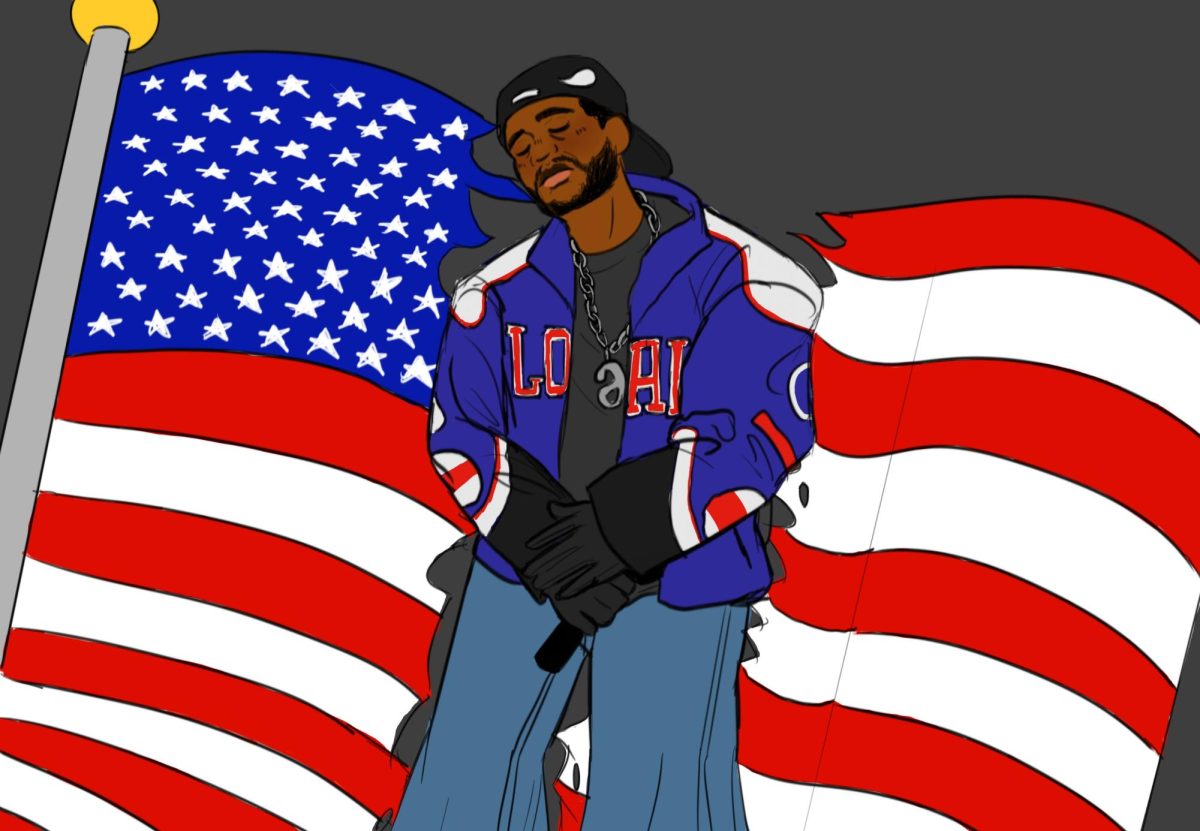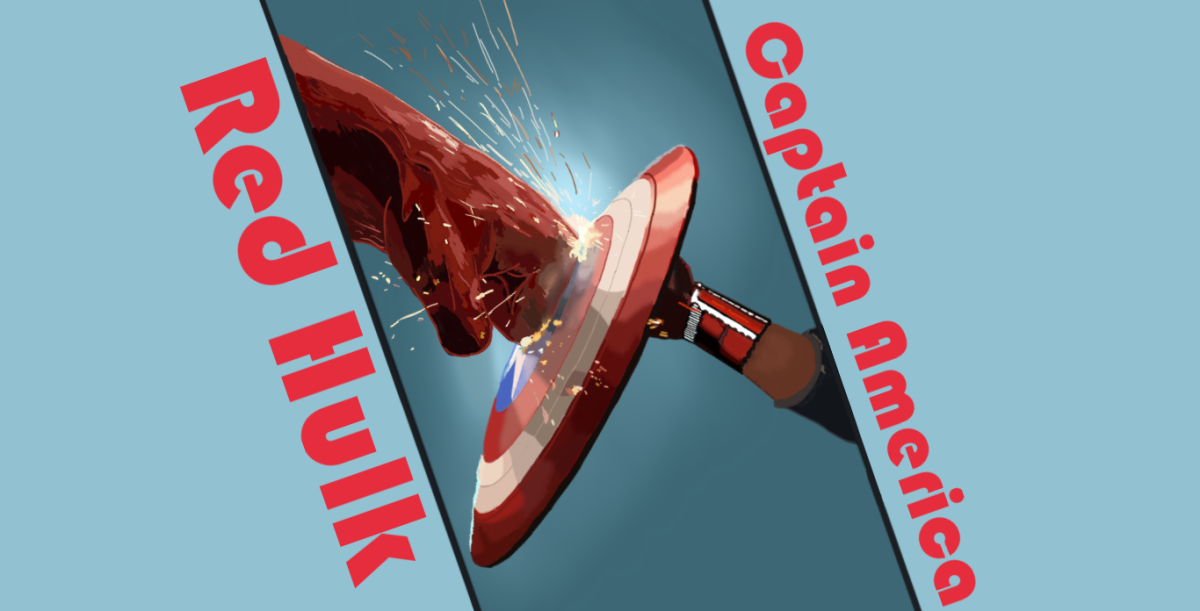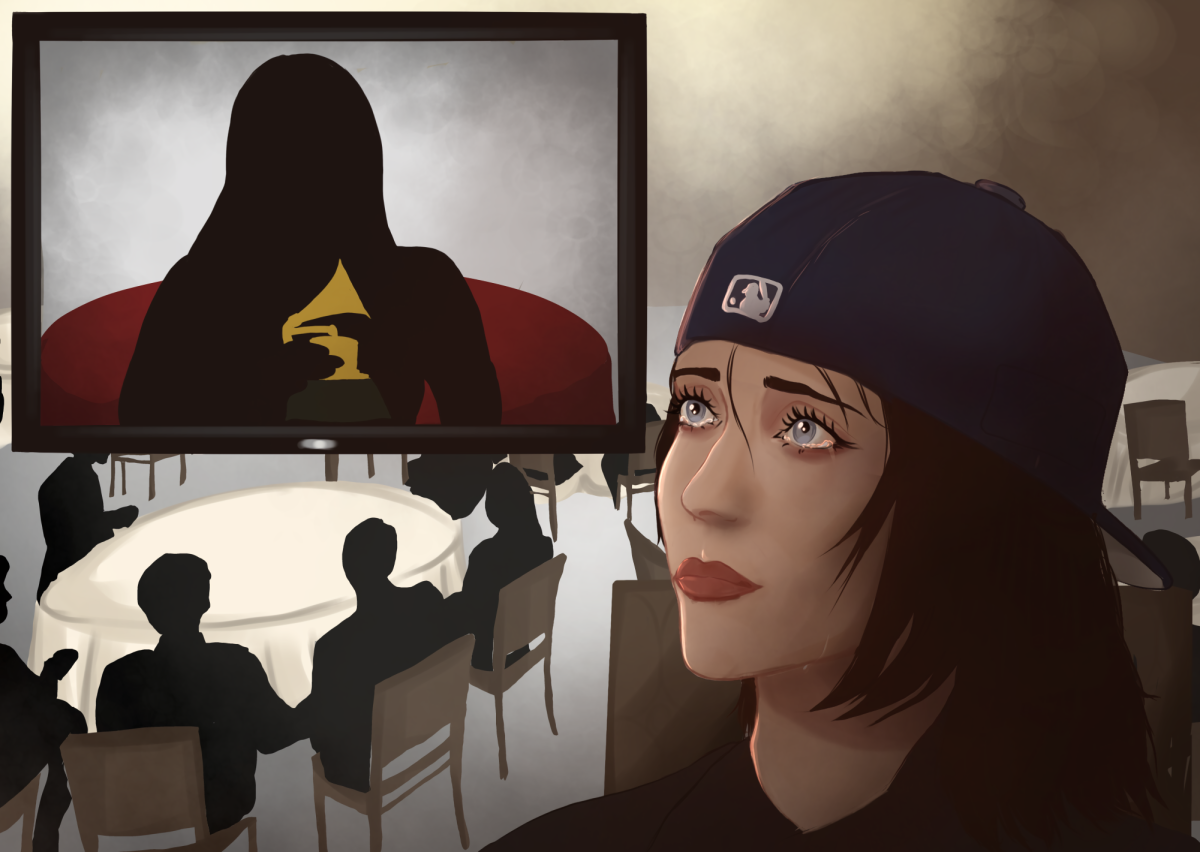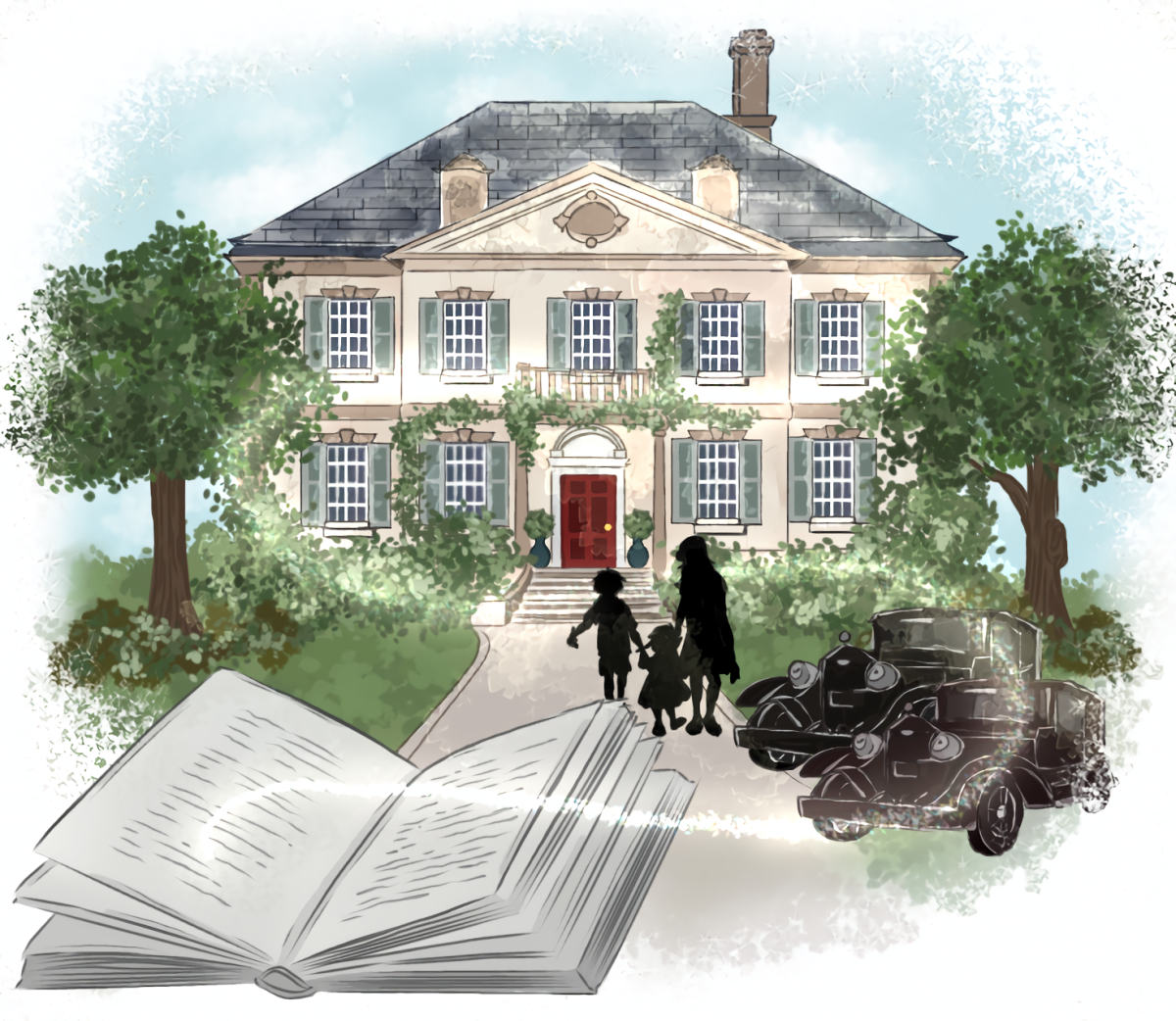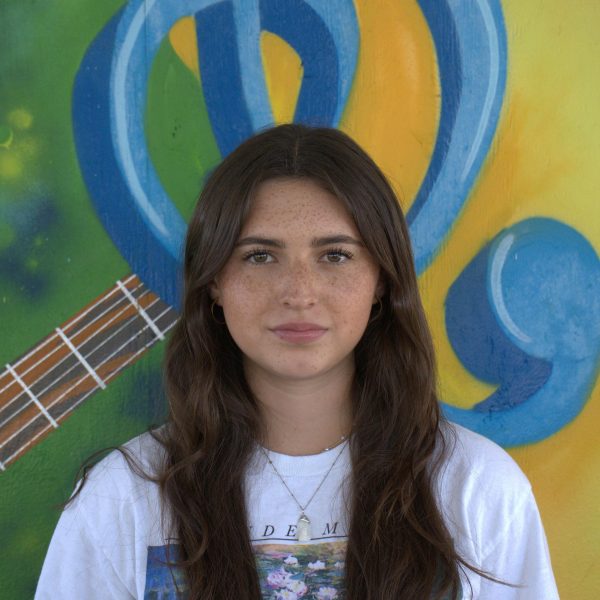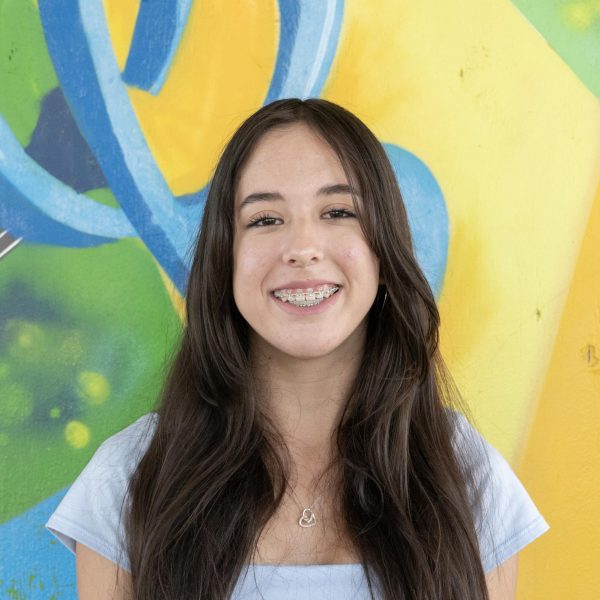In the years prior to the 2019 COVID-19 pandemic, Bonita Vista High (BVH) offered an Art Therapy club for students to explore emotions through art. Although the club was shut down throughout the pandemic, junior Daniel Hernandez restored the club with great success since then.
Though the club has built itself back up after the pandemic, students face a new challenge. This year the club faces the many effects rooting from one event; recent flooding that occurred in Accelerated, Advanced Placement and International Baccalaureate HL/SL Biology teacher Michelle Mardahl’s classroom.
“The club was founded many years ago when I had a student that was severely depressed and stressed and I gave them an adult coloring book for Christmas. I said ‘I know this sounds weird but it is really relaxing to color,” Mardhal said. “Me and a college friend found ourselves coloring with her niece’s crayons after a really hard final and were surprised that we calmed down.’.”
Art therapy club looks to offer a welcoming environment where students can openly express their emotions while incorporating it into their art, no matter the art style. Many club members like junior Saphira Mensinger feel art therapy is where students are most comfortable and in a judge-free atmosphere.
“Art therapy is a really nice place where I can go color and draw, and be with people that are really cool,” Mensinger said. “I like to do things like drawing or coloring, and when I am with [the club], especially just silly little drawings.”
Mardahls room was flooded due to category 4 pacific hurricane, Hurricane Hilary and faced significant water damage due to holes in the classroom’s roof. As a result the room was unavailable for both class and club usage.
“[The students in art therapy club] did not have access to the room supplies and the cafeteria is super full during lunch so we had to wait for the room to get fixed and it took a month to clean out the mold and replace drywall that got wet and moldy,” Mardahl said.
Throughout the month the classroom was being fixed, the club was temporarily inactive and did not hold its usual meetings for members. Moreover, because art therapy offered art as a way for students to connect with their emotions and feel they belong, students heavily faced the impacts of a flooded room.
“We did go a month without operating because of the flooding and it hurt the attendance of the club for a bit. It is something we are trying to get over,” Hernandez said. “It is currently a concern that if something like that happens again ‘What would the club do?’ Because that safe space not being available to students is something that we are afraid of happening again.”
Therefore, a shared concern that art therapy faces is the number of members attending meetings since the temporary pause on the club. Hernandez looks for solutions in methods like continuous promotion of the club and reaching the target audience of students willing to help the club grow.
“Some people might have thought that art therapy ended or something happened’ because it was a month without any news. People not really knowing that it came back is an issue, but we are trying to get through that by advertising on our Instagram,” Hernandez said.
Hernandez further notes that the art therapy club looks to increase the amount of meetings they hold within the week. Hernandez additionally shares goals he has set for the club and his plans for the future of art therapy.
“We hope to get the message out there, art is an effective way of dealing with your emotions, and we want to reach out to as many students as we can to provide that safe space for them,” Hernandez said. “We [also hope] to work with peer counseling and try to find other ways we can integrate art therapy into the communities here at BVH.”

